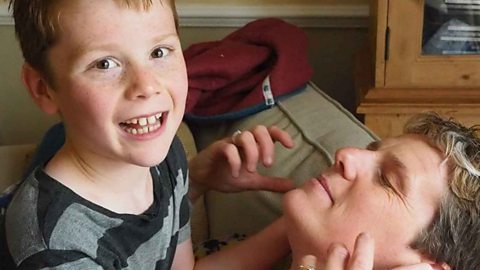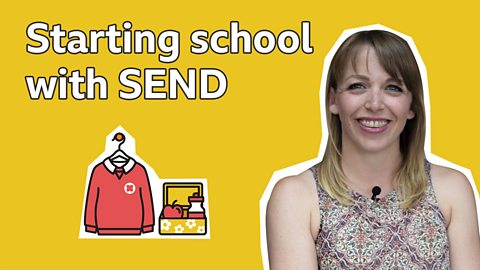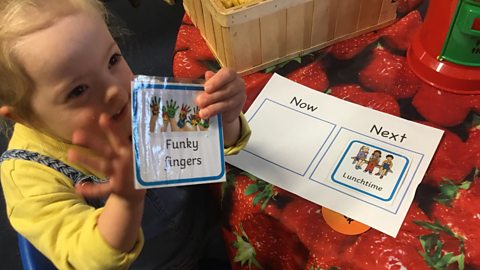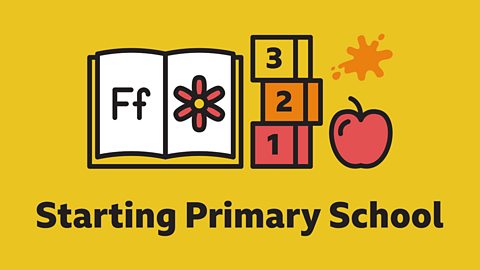This article was first published in October 2019
It can be difficult to tell if your child has Special Educational Needs and Disabilities (SEND), especially before or during the first year of primary school. Here's child psychologist Laverne Antrobus' tips for the best ways to spot SEND.
Laverne's tips
• Trust your instincts and talk to an expert – this might be a health visitor or the Special Educational Needs and Disability Coordinator (SENDCo) at your child’s school or nursery. They can talk you through the process of getting any additional support that might be needed.
• Ask your local authority for an Education, Health and Care Plan (EHCP).
Laverne Antrobus is a Child Psychologist at the Tavistock and Portman NHS Foundation Trust.

More from В鶹ԼЕД Bitesize Parents' Toolkit…
Parents' Toolkit
Fun activities, real-life stories, wellbeing support and loads of helpful advice - we're here for you and your child.

How home schooling helped my child with AuDHD
Sarah Barker describes her son's transition from mainstream school, to home schooling, then to special school. From В鶹ԼЕД Bitesize.

Starting primary school with SEND
Madeline explains what happened when her daughter Eleanor, who has Down's Syndrome, started primary school.

Applying for an Education, Health Care Plan (EHCP)
Madeline, whose daughter has SEND, explains her process for getting an EHCP for primary school

Special Educational Needs and Disabilities collection
All of the Starting Primary School content featuring advice and stories for parents of children with SEND.

More Starting Primary School videos and articles
Head to our homepage to help you and your child prepare for starting primary school and thrive in school life.
